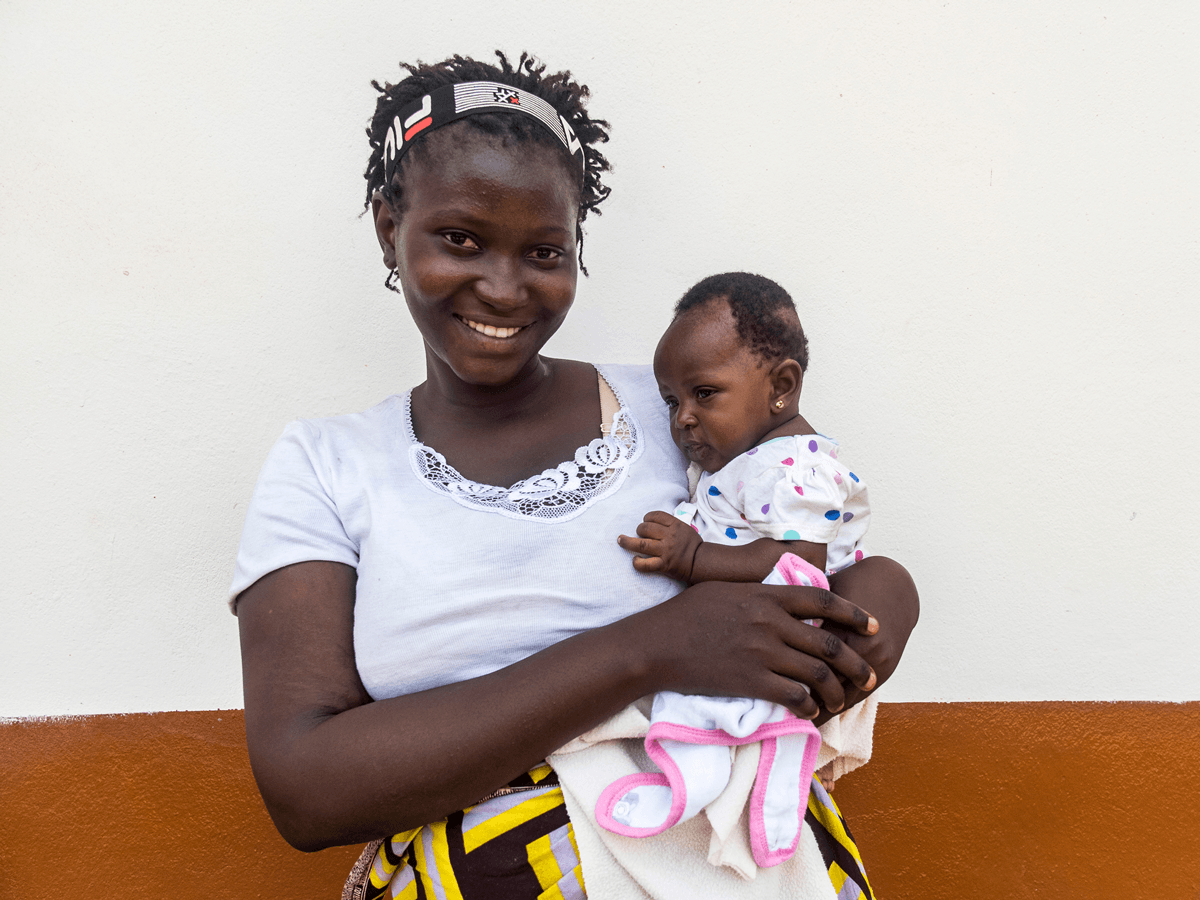Strehlau R, Paximadis M, Patel F, Burke M, Technau KG, Shiau S, Abrams EJ, Sherman GG, Hunt G, Ledwaba J, Mazanderani AH, Tiemessen CT, Kuhn L; LEOPARD Study Team.
AIDS. 2019 May 29. doi: 10.1097/QAD.0000000000002276. [Epub ahead of print]
Abstract
BACKGROUND:
Prompt initiation of antiretroviral therapy (ART) for HIV-infected infants is strongly recommended but diagnostic confirmation is important as committing children to life-long ART carries serious health and social implications.
METHODS:
Two HIV-exposed infants in Johannesburg, South Africa were identified presenting with unusual trajectories of diagnostic nucleic acid amplification tests (NAAT) and viral load (VL) results.
RESULTS:
Case 1 had repeat indeterminate NAAT results during the first three weeks of life; repeat testing thereafter was negative with undetectable VL including after daily nevirapine prophylaxis ended. ART was not initiated at this time. Case 2 had a single positive NAAT result at one month of age that prompted initiation of ART. Subsequent results were negative and ART was discontinued. Repeat negative NAAT with VL below the limit of quantification or undetectable continued to be obtained. Shortly after and around weaning, positive NAAT results with high VL (7.1 and 6.03 log10 copies/ml for Case 1 and 2, respectively) were observed in both children. Both mothers were treated with tenofovir, emtricitabine and efavirenz during breastfeeding. Testing with ultrasensitive assays on early samples conclusively revealed HIV-1 proviral DNA in Case 1. Testing with ultrasensitive assays after the early period but prior to weaning did not detect HIV in either infant.
CONCLUSION:
We hypothesize that breast milk from the mothers of these two rare cases had HIV-specific or non-specific factors that led to the undetectable results in already infected infants until breastfeeding ended. Our results raise the importance of repeat testing of HIV-exposed breastfed infants after complete cessation of all breastfeeding.









